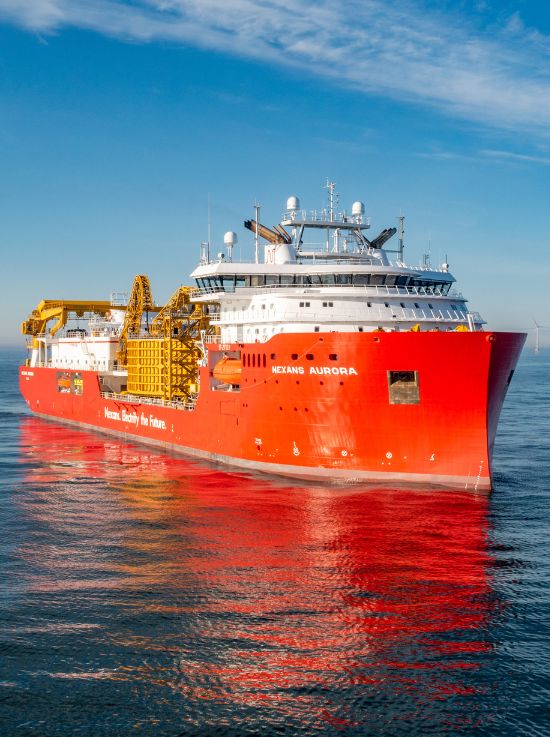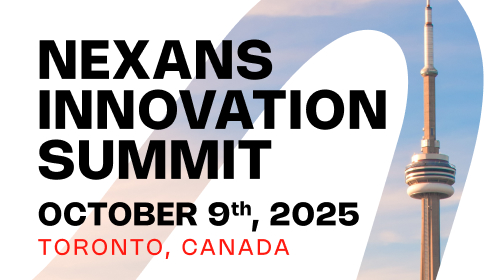Transportation

Transport: a fast-changing sector
The way we carry passengers and goods is set to change completely, driven by technological advancement and the energy transition. Mobility is primarily reliant on fossil fuels but will require the support of renewables in the near future. Major changes are on the horizon, and Nexans is already working alongside OEMs and operators in the transport industry as they seek to address new challenges
Challenges associated with the transport industry
The transport sector accounts for a full 25% of global CO2 emissions, with the biggest emitters being shipping and aviation. Transport accounts for 30% of global energy consumption (source: Irena), so the energy transition represents a huge challenge for future mobility.
The transport sector encompasses road, air, sea and rail, as well as shipbuilding and public and private transport. Most modern means of transport run on fossil fuels. The transport industry needs to accelerate the pace of decarbonization in order to meet the Science-based Targets Initiative (SBTi) target of decarbonizing 90-95% of emissions by 2050.
The transport sector is also facing other challenges arising from growing mobility requirements for both goods and people, population growth, urbanization, digitization, innovation and – in some regions – economic development.
These changes are impacting transport and infrastructure in a variety of ways. OEMs in this sector need to adopt more efficient, more sustainable practices, in response to customer demand for cheaper, safer, more comfortable and more efficient travel, and also to national policies to reduce carbon emissions and improve transport efficiency.
As a company promoting solutions for sustainable mobility, we are able to draw upon our technological expertise and innovation capabilities to meet the current and future needs of OEMs, operators and passengers.
Nexans solutions
- Manufacture cables tailored to the specific needs of different sectors in the transport industry.
- Develop cabling solutions of optimized space and weight for different means of transport.
“The transition to net zero will involve a calculated combination of many interdependent energy sources and technologies.“
Our objectives
- Build the mobility of the future.
- Support OEMs in the transition to renewables.
- Contribute to eco-mobility through our industrial know-how and agility.
Frequently asked questions about the transport industry
Read more






